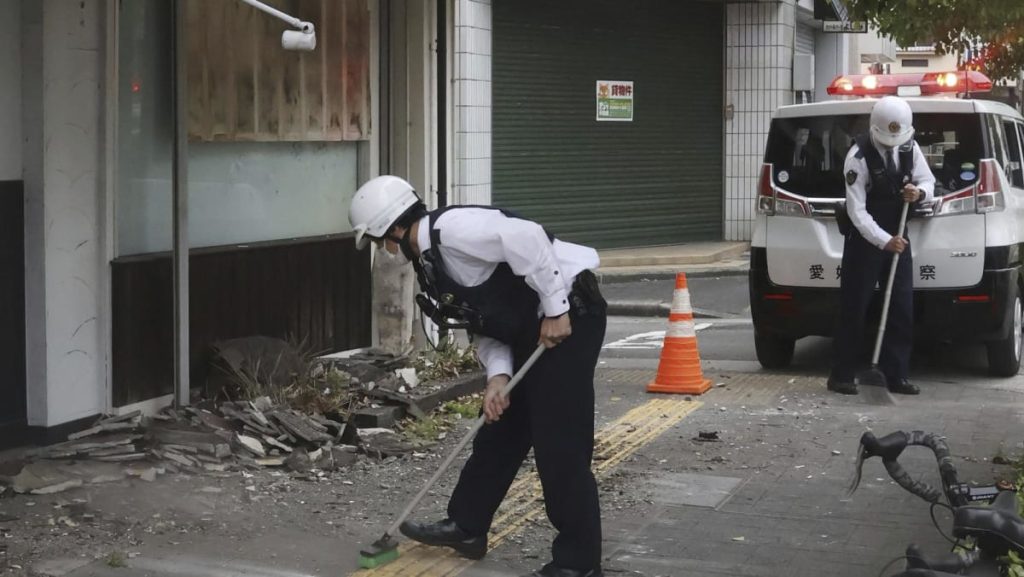In Ozu city in Ehime and Uwajima city, landslides and falling rocks created road blockages following a late-evening earthquake that shocked residents. A fisherman from the Ehime region described feeling a strong jolt that he had never experienced before, lasting for 10-20 seconds. While there was no major damage reported, the quake caused small objects to fall over in his house, leaving him feeling panicky. Japan sits on four major tectonic plates along the western edge of the Pacific’s “Ring of Fire”, making it one of the most seismically active countries in the world.
The most massive earthquake on record in Japan was a 9.0-magnitude quake in March 2011 off its northeast coast, triggering a devastating tsunami that killed around 18,500 people and led to the meltdown of three reactors at the Fukushima nuclear plant. This disaster marked Japan’s worst post-war crisis and the most significant nuclear accident since Chernobyl. Despite stricter building regulations, many structures, particularly in rural areas, remain old and susceptible to earthquakes, as demonstrated by the 7.5-magnitude quake on Jan 1 that struck the Noto Peninsula, resulting in over 230 deaths, mostly due to the collapse of older buildings.
In April, a 7.4-magnitude earthquake hit Taiwan, claiming 16 lives and injuring over 1,100 individuals. Strict building codes and comprehensive disaster preparedness were credited with limiting the extent of the disaster. The contrast between the relatively low number of casualties in Taiwan compared to the higher toll in Japan highlights the importance of proactive measures in mitigating earthquake-related risks. As natural disasters continue to pose threats to communities in earthquake-prone regions, effective planning and infrastructure can significantly reduce the impact of such events on human lives and infrastructure.
The resilience of communities in the face of earthquakes relies heavily on preparedness measures and the quality of infrastructure. Disaster readiness schemes and enforcement of building codes can substantially decrease the human toll and damage caused by seismic activity. Learning from past incidents, such as the Fukushima disaster, countries like Japan and Taiwan have endeavored to improve their disaster response capabilities and enhance the safety of their communities. While earthquakes remain an inherent risk in certain parts of the world, proactive measures can help minimize the devastation wrought by these natural phenomena and protect lives and property.
The recent earthquakes in Japan and Taiwan serve as a reminder of the ongoing threat posed by seismic activity in vulnerable regions. Despite advancements in technology and infrastructure, the destructive potential of earthquakes persists, necessitating continued vigilance and preparedness efforts. By investing in resilient infrastructure, implementing stringent building standards, and fostering community readiness, countries can enhance their ability to withstand and recover from earthquake disasters. Collaboration among governments, local authorities, and international organizations is crucial to building a more resilient future in the face of natural disasters. Through shared knowledge and coordinated action, communities can better safeguard against the destructive impacts of earthquakes and create a safer environment for all.


